Spiritual heritage
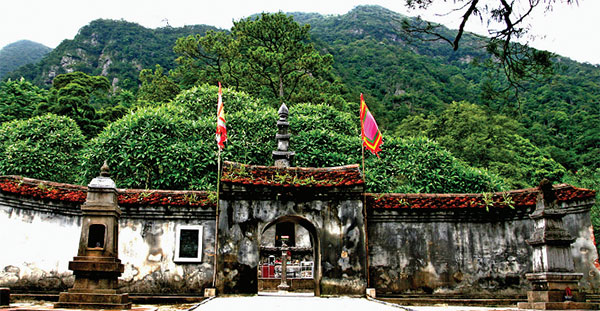
This was our third visit to Yen Tu, the land of Buddhism and every visit has provided a different experience. On the weekend, Yen Tu in the weekdays is very quiet and peaceful to enjoy the majestic and gentle natural scenery perfectly.
From the base of the mountain to Dong pagoda, bins are placed three to five metres from each other. The bins are regularly emptied by workers, ensuring the path remains clean and free from unsightly garbage. Visitors comment upon the cleanliness of the area. The local authority controls the casual selling of merchandise, food and drinks along the path in an effort to retain the solemn ambience of the monument.
The area includes information signs in English and Vietnamese, exclusively designed for Yen Tu. Hoa Yen pagoda area and Hue Quang tower garden feature stone boards carved with information about the monuments in both languages, enabling visitors to learn more about the places they are visiting. Few other spiritual tourist spots in Vietnam offer this.
We met a group of tourists from Ho Chi Minh City who had travelled by plane to visit the monument. An elderly member of the group commented upon the ease of visiting the mountaintop temples since the two cable car routes from Giai Oan to Hoa Yen pagoda and from Mot Mai pagoda to An Ky Sinh temple were built in 2008. The latter is the steepest cable car route in the world, with a 43-degree incline, very close to the limit of 45 degrees. The cable cars have been built to high safety standards, having been constructed by the French corporation, POMA.
Sitting comfortably in our cable car cabin, we were afforded views of the majestic scenery of mountains and forests down below. It was a very special experience to rise up into the white clouds, emerging above them into the sunshine.
My first visit was a number of years ago, when the walking path lacked steps or railings and was still dangerous.
The path from An Ky Sinh temple to Dong pagoda was merely a natural foot worn path and I trod it with caution. By the time I returned for a second visit, three years ago, safety measures had been put in place, with steps and railings built all along the path to Dong pagoda.
This time, it took an hour of climbing before we reached the top of the mountain. The air was heavy with rain and cloud when we arrived at Dong pagoda. Everyone was lost in their own thoughts and prayers, taking their time to enjoy a moment of peaceful solitude before heading back down.
Despite the modern transport, it was a tough challenge for any of us to reach the land of Buddhism. Two long cable car routes and thousands of uphill footsteps through the rains clouds exhausted us, but it was more than worth it for the chance to relax, clear our minds and escape from the stresses of daily life.
Returning to the base of the mountain, we savoured a meal at a simple restaurant inside the forest, belonging to Tung Lam JSC. It was very crowdedbut not too noisy. Many tourists, both the local and the foreigners, were dining there, but the manager told not to be their busiest day.
To meet the needs of various people from different cultures the team of chefs here use their professional skills to cook world cuisines.
Although many international dishes are on offer, the traditional Yen Tu apricot wine is still served in the Vietnamese way - poured into a big bowl, with ice.
The pursuit of recognition
Legend has it that Vietnamese people originated from a hundred children of Mother Au Co, fifty of whom settled in the mountainous areas, while the other fifty made the seaside their home. Visiting Quang Ninh I am reminded of this ancient tale, since the province is home to not only Yen Tu mountain monument, but also Halong Bay, the most famous tourist destination in Vietnam.
Halong Bay, a world natural heritage site recorgnised by UNESCO, is the hot spot for both local and international tourists visiting Quang Ninh.
During the first quarter of 2016 the province welcomed 3.5 million visitors, one million of whom were international tourists. This figure was a 33 per cent increase over the same period in 2015, with revenue earned from tourism reaching VND1,835 billion. Yen Tu is becoming increasingly well-known, however this spiritual tourist attraction has yet to receive proper investment and marketing.
According to Nguyen Van Doc, Quang Ninh’s provincial party committee secretary, many visitors to Quang Ninh only visit the bay, yet the province has much more to offer.
The Quang Ninh authorities are focusing on making Yen Tu an unmissable destination, with its monuments and cultural heritage offering visitors a spiritual journey. During our most recent trip, we witnessed how the tourist spot has been modernised and upgraded. In the near future, the old Giai Oan bus station will receive investment and is set to be re-designed by world famous designer Bill Bensley, designer of the InterContinental resort in Danang.
The Buddhism authority of Quang Ninh has plans to open a cultural, festival and tourism service centre at the old Giai Oan bus station. An expansion and development plan for Yen Tu Historic Heritage and Monument was approved in 2013, featuring an outdoor festival stage, accommodation, restaurants, museums and meditation areas.
“We are aiming for several key parts to be in operation in time for the next Yen Tu Spring Festival, and we plan that by the end of 2017 the whole construction with total investment of VND1500 billion will be completed,” said Bui Dinh Tuan, president of Tung Lam JSC, whohave been assigned to plan and conduct the project by the board of QuangNinh province.
Even though the construction islarge-scale, it is relatively simple and designed to cause minimal damage to the wild nature.
The centre will feature a semi-symmetrical design around a main ‘spiritual axle’ connecting Giai Oan pagoda to Ha Kieu. All buildings along this axle will head towards festival square, creating a path for visitors. The uphill path will have a spirit theme, providing visitors spiritual experiences, while the downhill will have a life theme, where they can learn about the local lifestyle at a Vietnamese traditional style village with accommodation.
Traditional herb gardens are already in place, growing around 700 local species. The yellow apricot blossoms are certified as national property.
With these development plans in place, Yen Tu is set to become an important cultural, spiritual and historical centre in Vietnam.
What the stars mean:
★ Poor ★ ★ Promising ★★★ Good ★★★★ Very good ★★★★★ Exceptional
Latest News
More News
- Building local brands via sports tourism (November 06, 2024 | 16:25)
- Potential rises for golf tourism boom (November 06, 2024 | 15:17)
- Ba Ria-Vung Tau strengthens regional links to bolster tourism (November 04, 2024 | 10:00)
- Vietnam attracts growing interest from global travellers (October 28, 2024 | 17:59)
- Vietjet receives latest aircraft from Airbus in France (October 08, 2024 | 18:02)
- Telling travel stories through movies (October 08, 2024 | 14:00)
- South Korean tourists lead Vietnam’s tourism revival (October 08, 2024 | 11:49)
- Vietnam a golden land for golf tourism (October 08, 2024 | 11:41)
- Con Dao leads the way in circular tourism (October 08, 2024 | 08:00)
- Nestlé and VNAT announce new cooperation initiative (October 02, 2024 | 15:43)




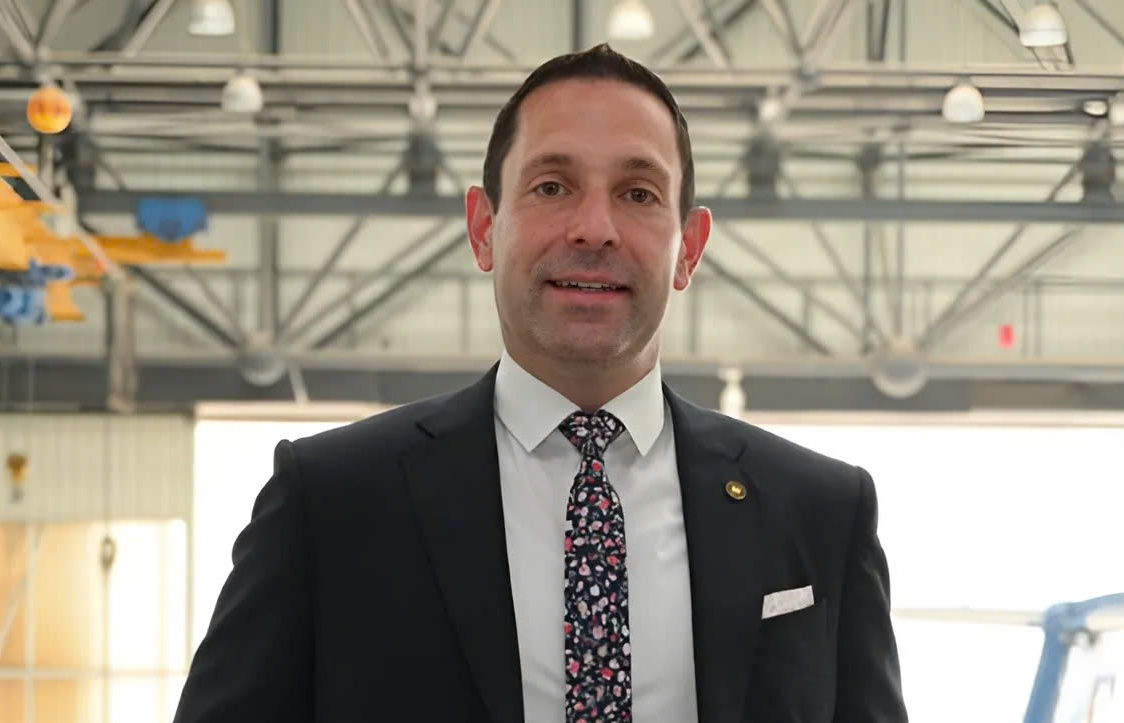
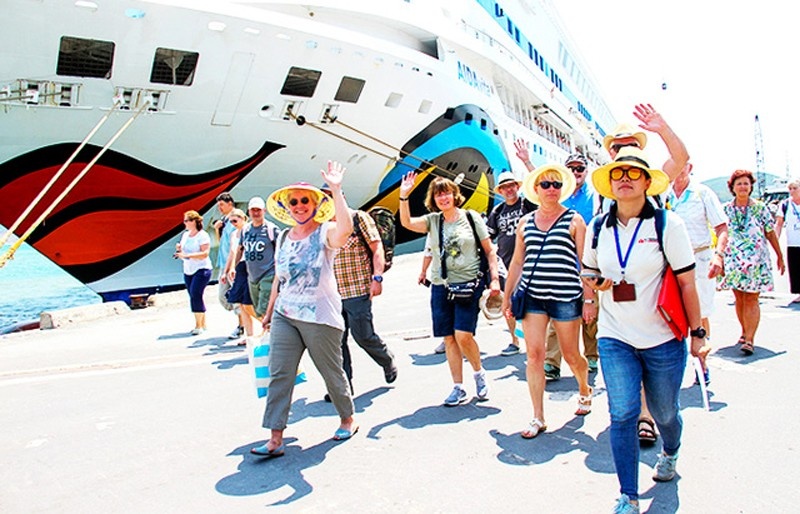
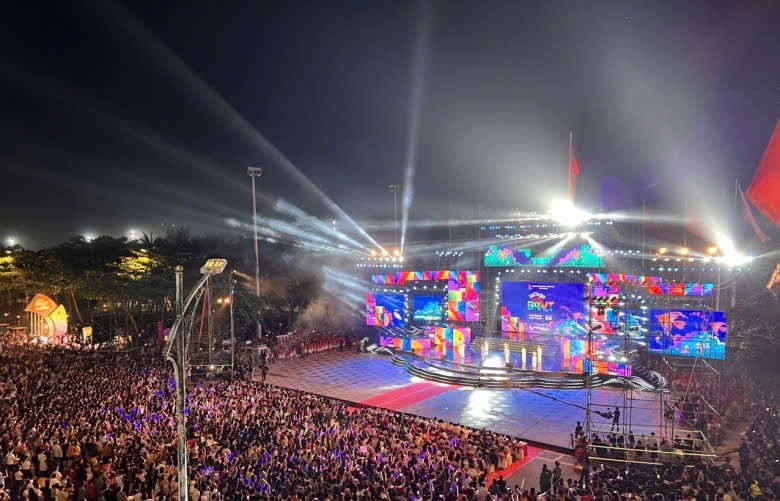

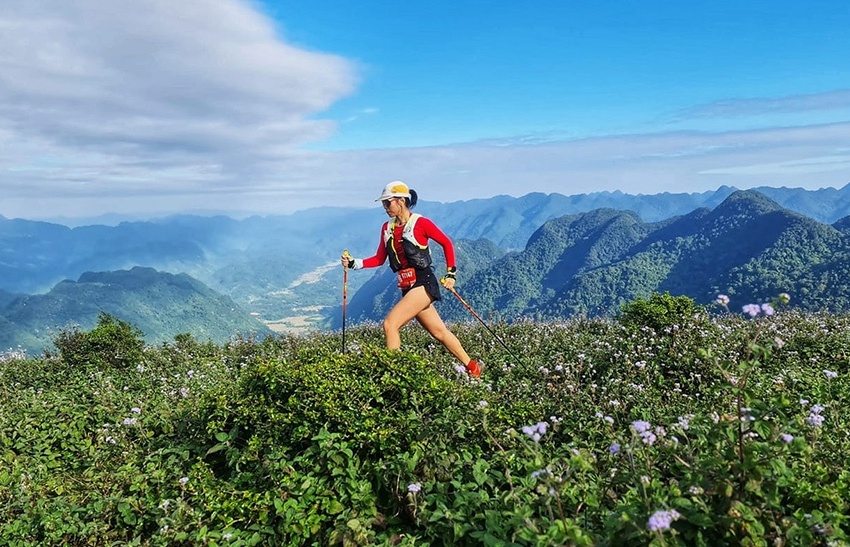




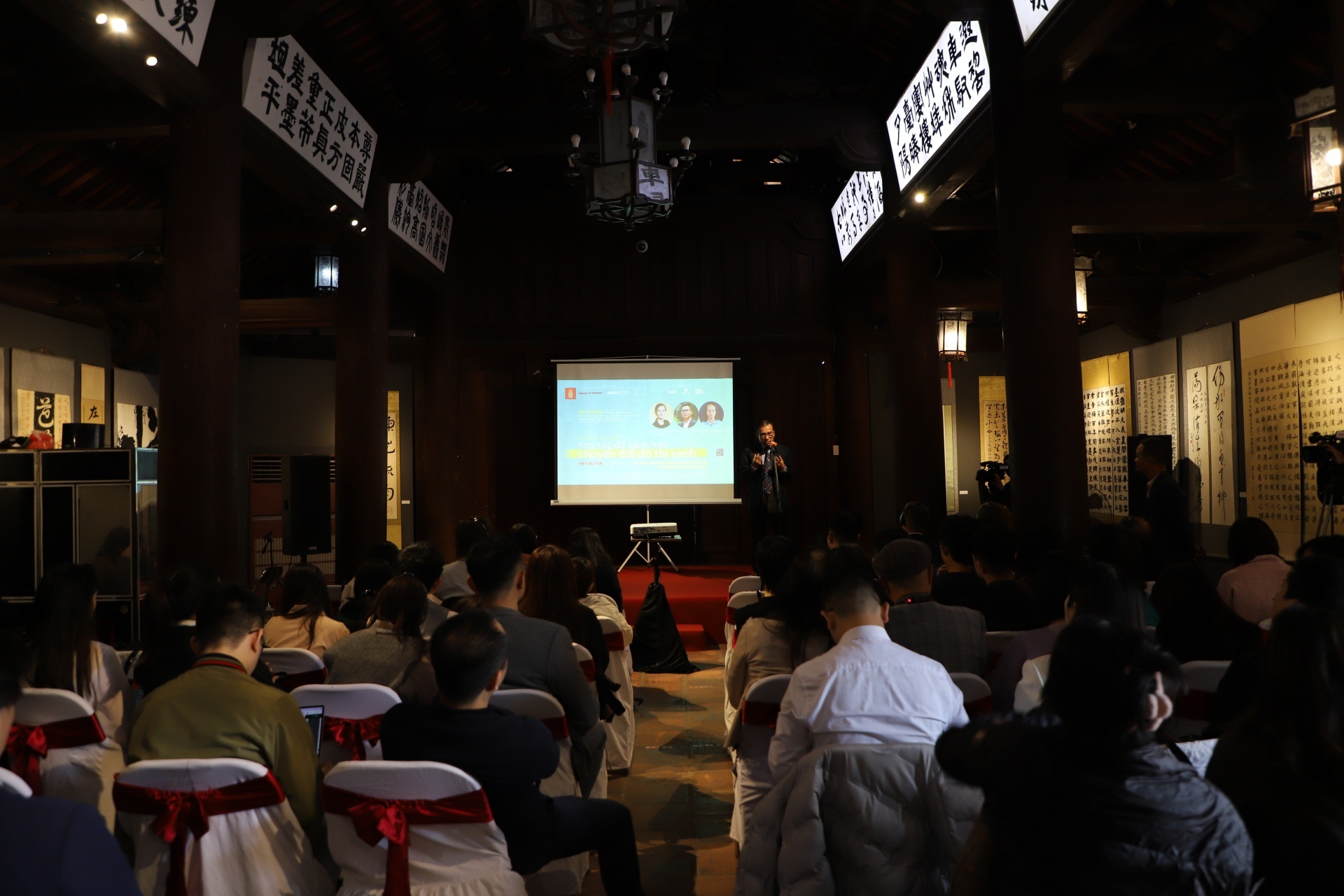
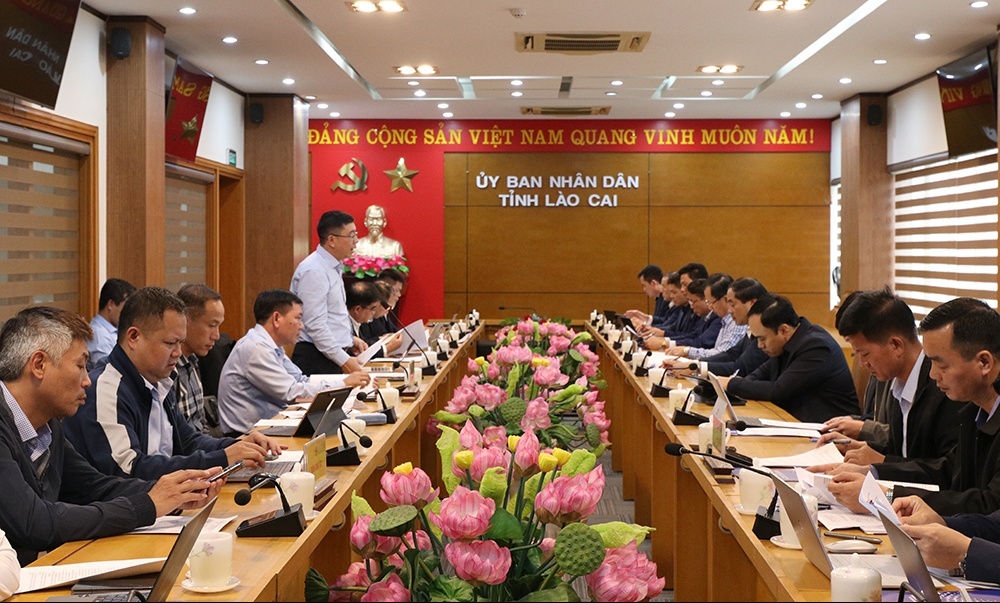
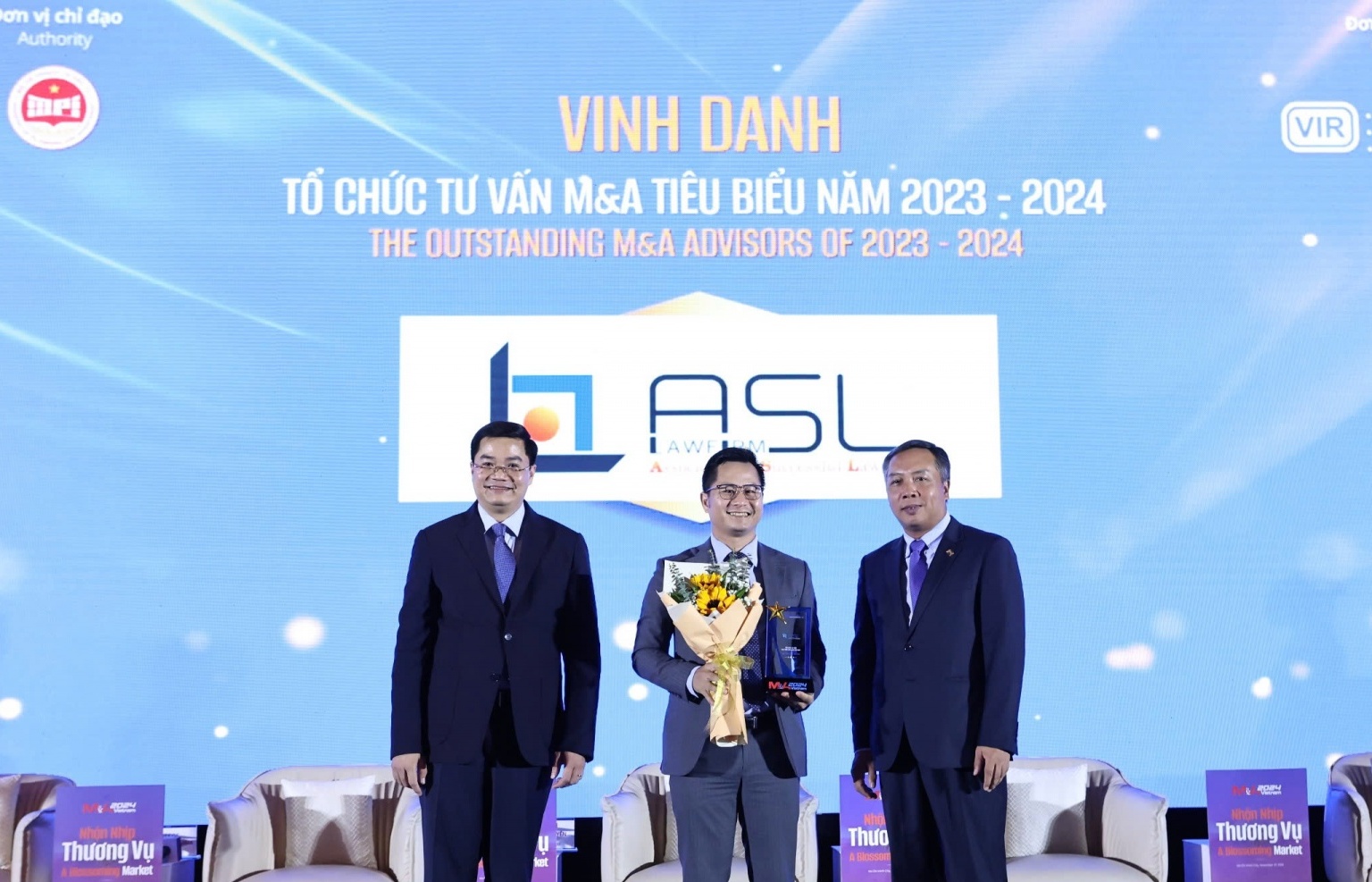



 Mobile Version
Mobile Version